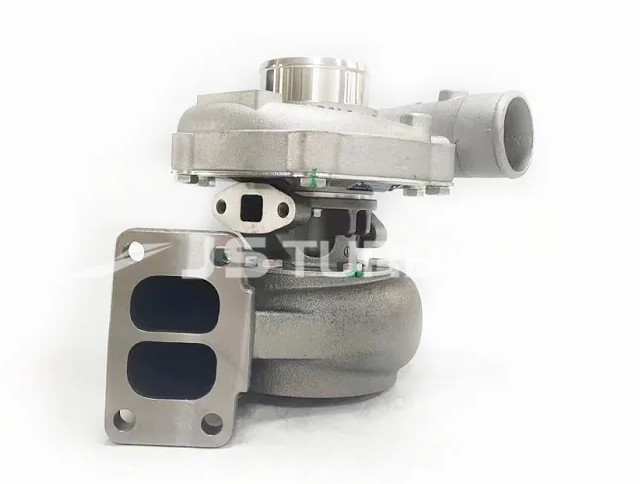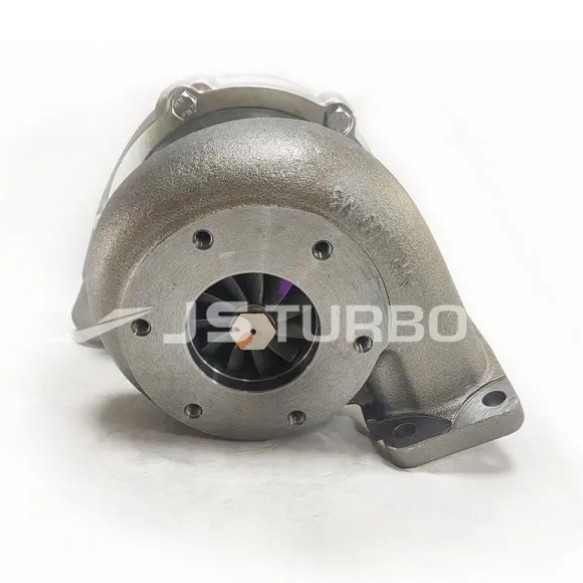
Purpose of turbocharger pressurization
2023-03-17 14:57The main function of turbocharging is to increase the air intake of the engine, thereby increasing the power and torque of the engine and making the car more powerful. After an engine is equipped with a turbocharger, its maximum power can be increased by 40% or even higher than that without a supercharger. This also means that the same engine can produce more power after being supercharged.
Our most common 1.8T turbocharged engine, after supercharging, the power can reach the level of a 2.4L engine, but the fuel consumption is not much higher than that of a 1.8 engine. On another level, it is to improve fuel economy and Reduce exhaust emissions.
The general structural principle of the turbocharger, the exhaust gas turbocharger is mainly composed of the pump wheel and the turbine, and of course there are other control components. The pump wheel and the turbine are connected by a shaft, that is, the rotor. The exhaust gas from the engine drives the pump wheel, and the pump wheel drives the turbine to rotate. After the turbine rotates, the intake system is pressurized.
The supercharger is installed on the exhaust side of the engine, so the working temperature of the supercharger is very high, and the speed of the rotor is very high when the supercharger is working, which can reach hundreds of thousands of revolutions per minute. Such a high speed and temperature This makes common mechanical needle or ball bearings unable to work for the rotor, so turbochargers generally use full floating bearings, which are lubricated by oil and cooled by coolant.
In the past, turbochargers were mostly used on diesel engines, because gasoline and diesel burn in different ways, so the form of turbochargers used by engines is also different. Gasoline engines are different from diesel engines. What enters the cylinder is not air, but a mixture of gasoline and air. If the pressure is too high, it is easy to detonate. Therefore, the installation of a turbocharger needs to avoid deflagration, which involves two related issues, one is high temperature control, and the other is ignition time control.


